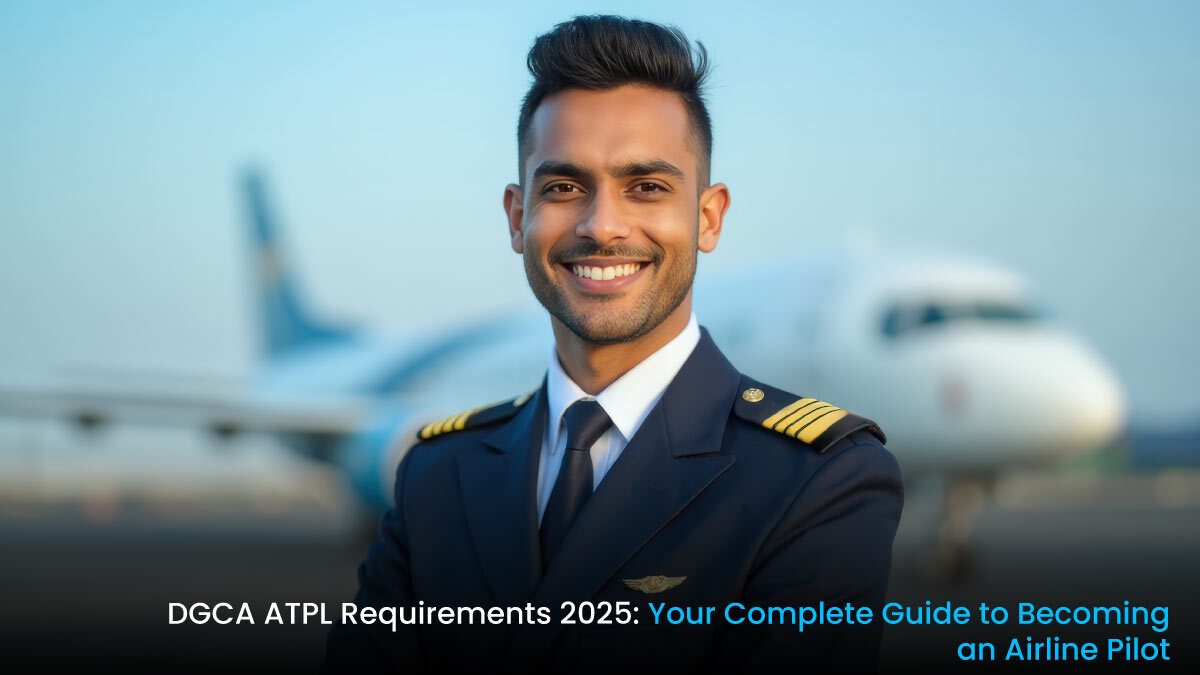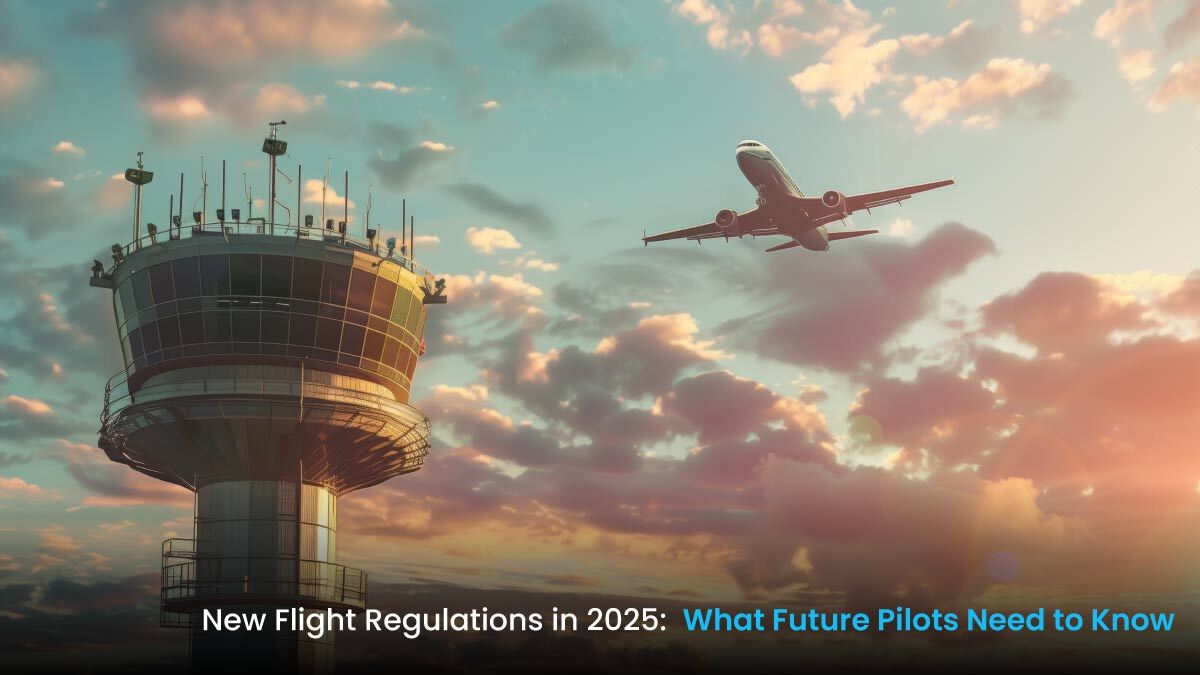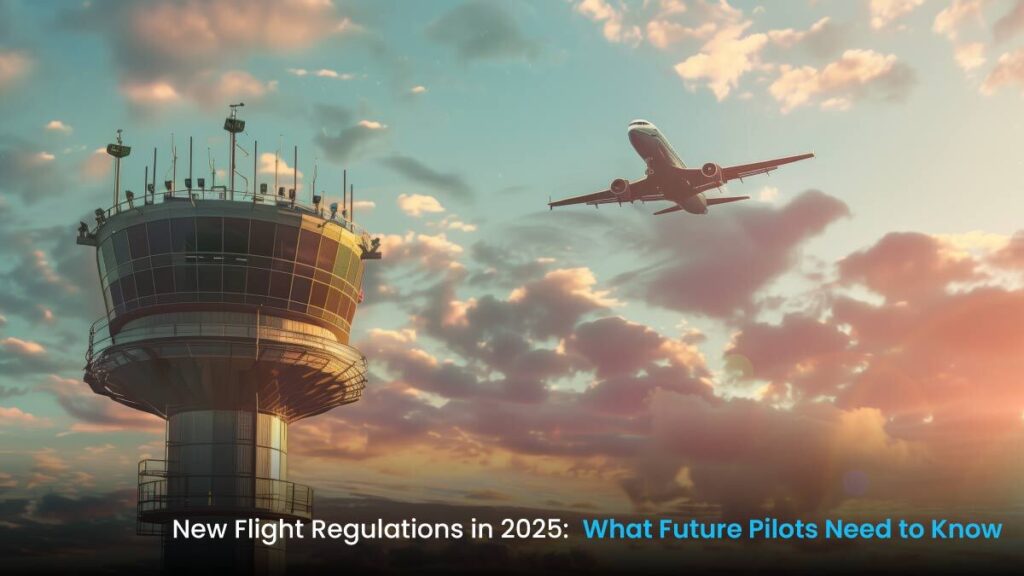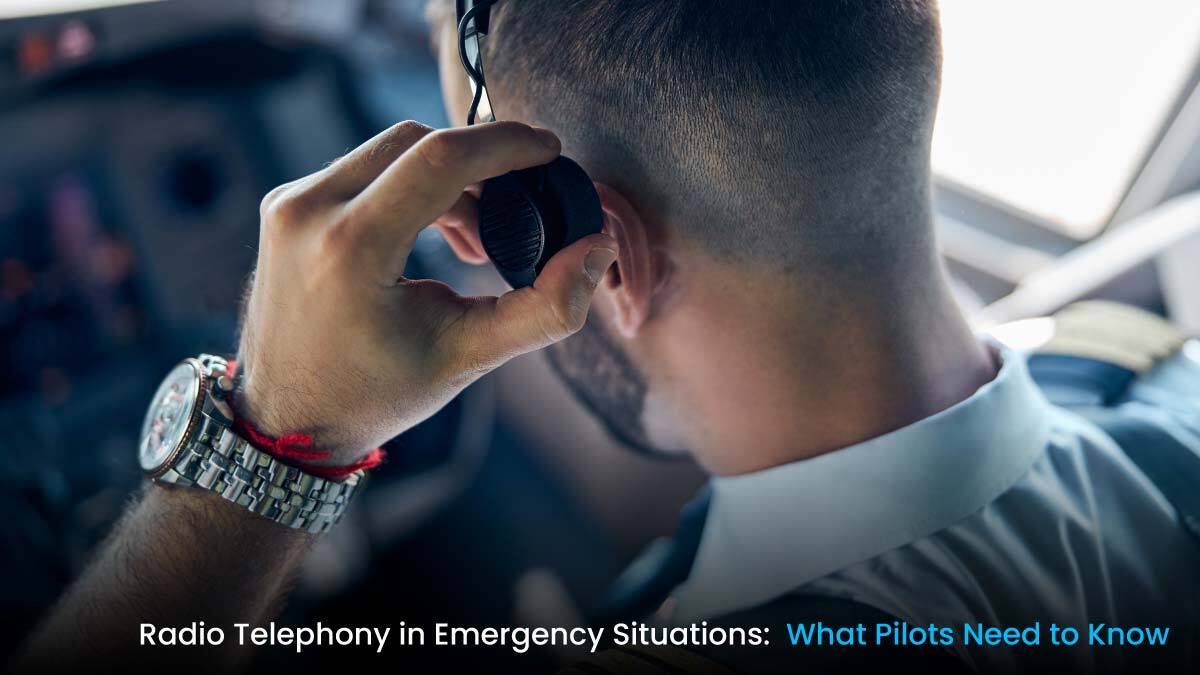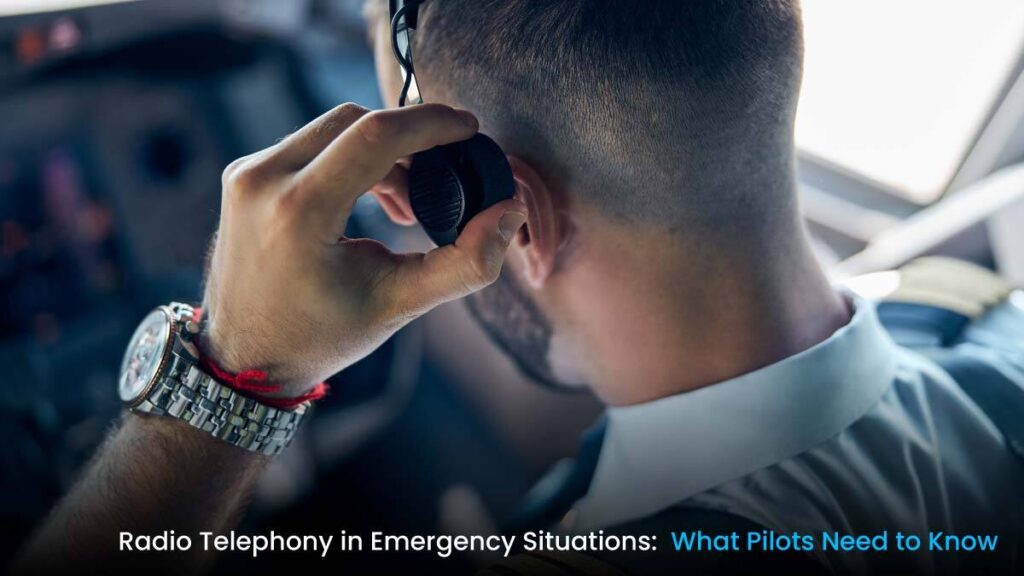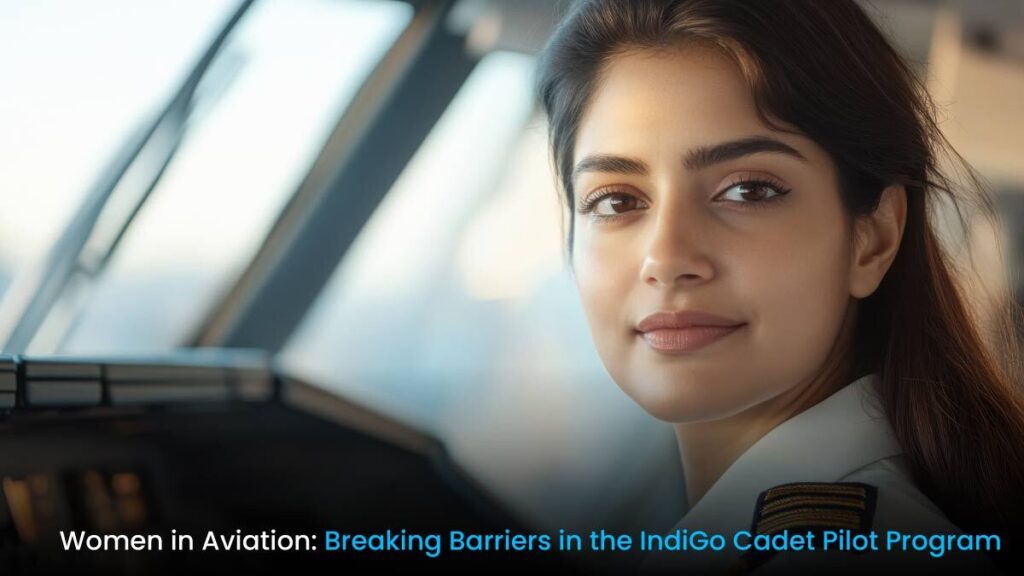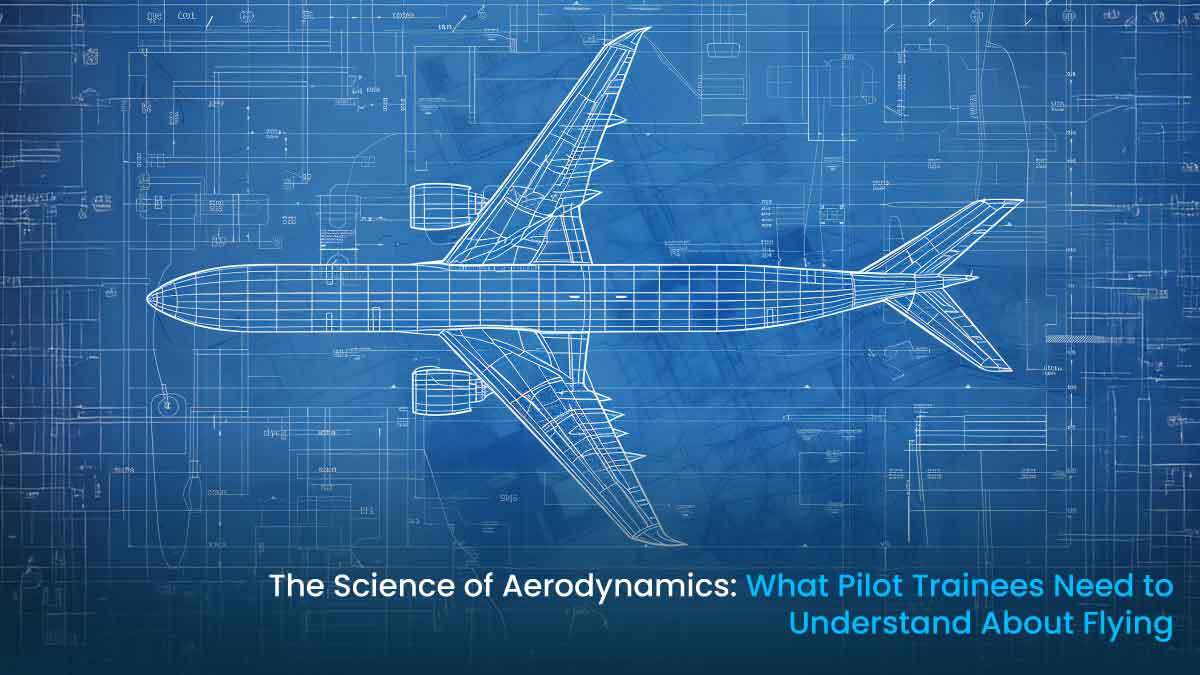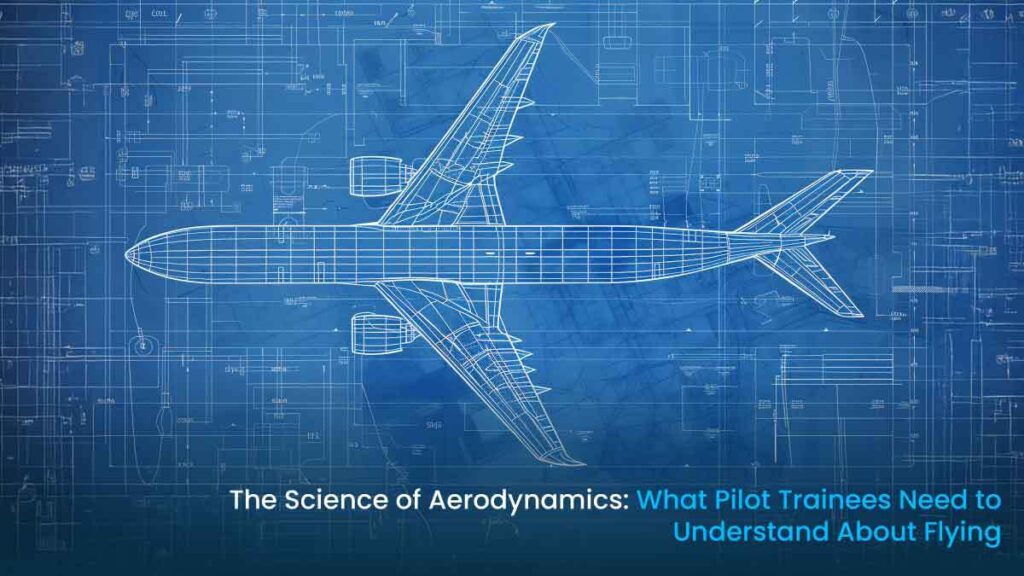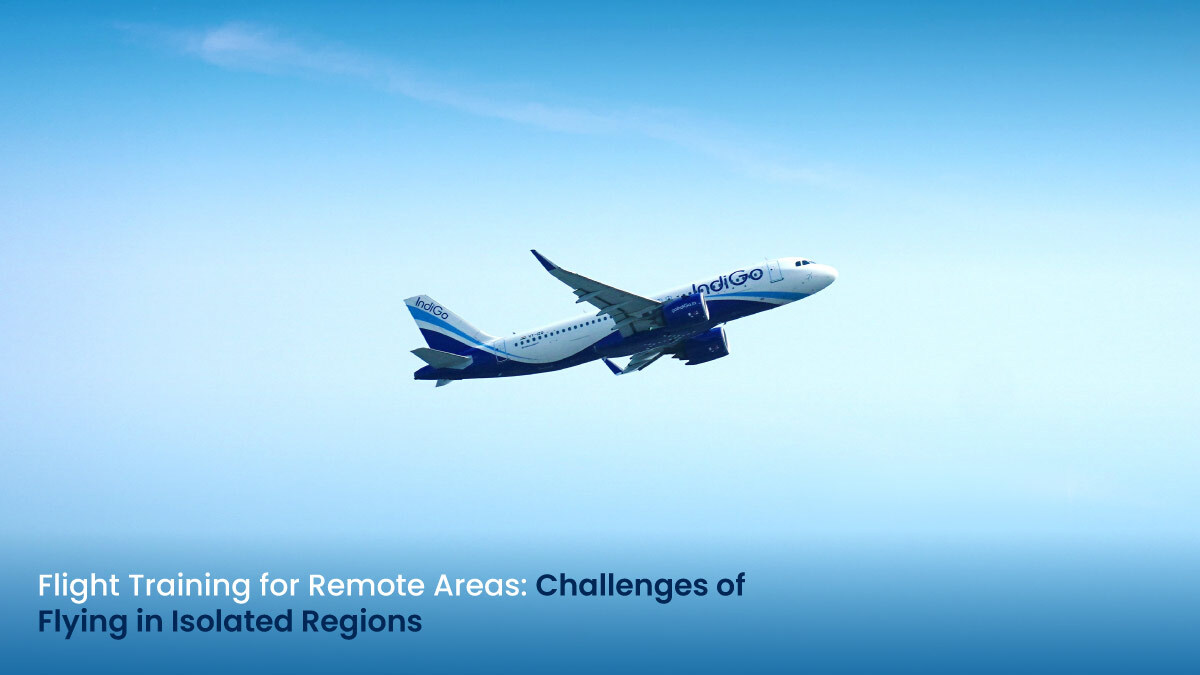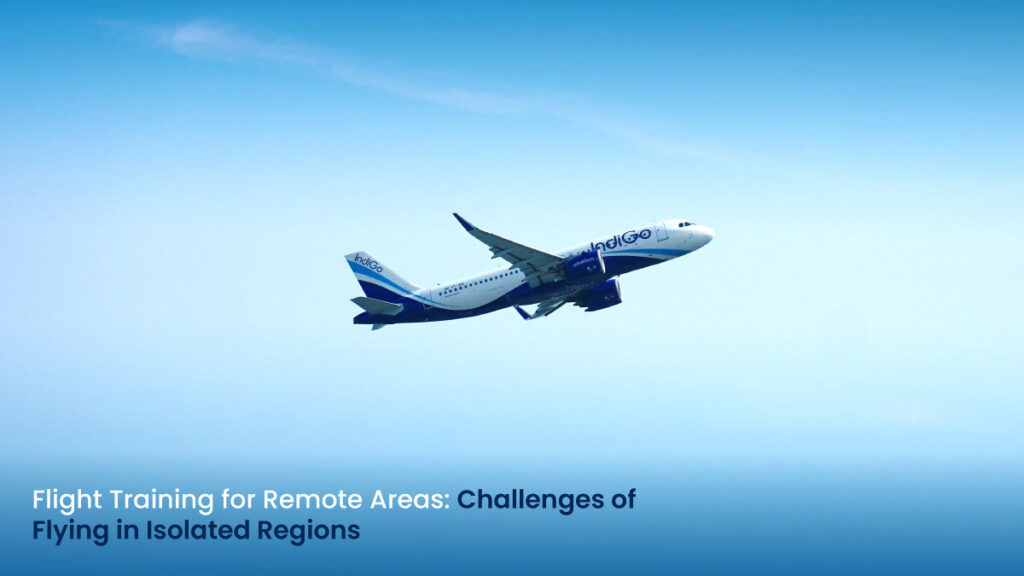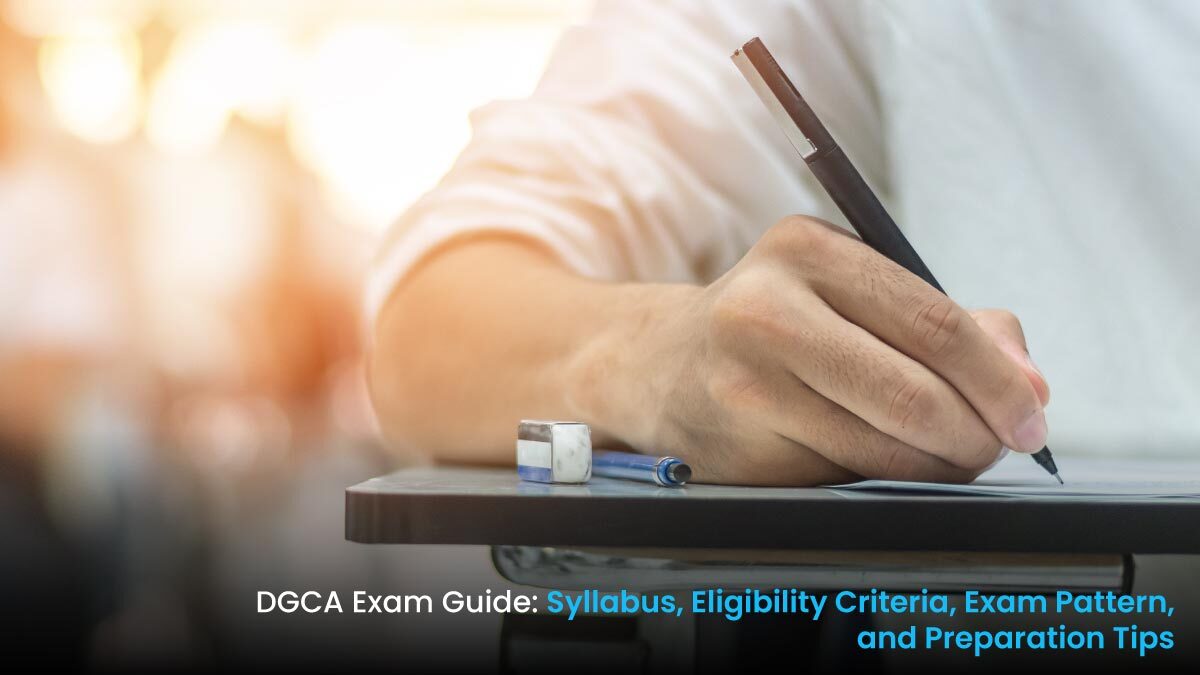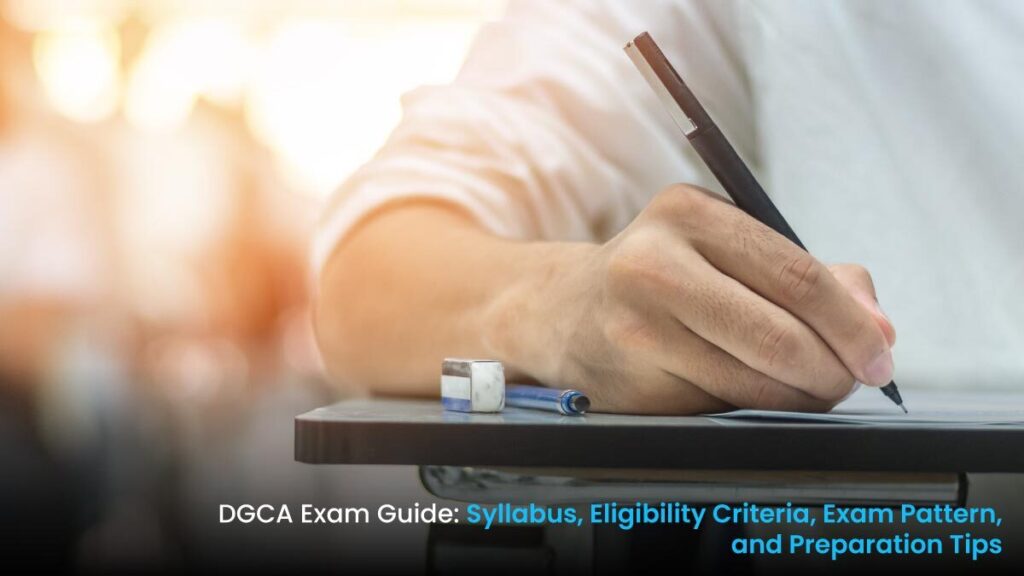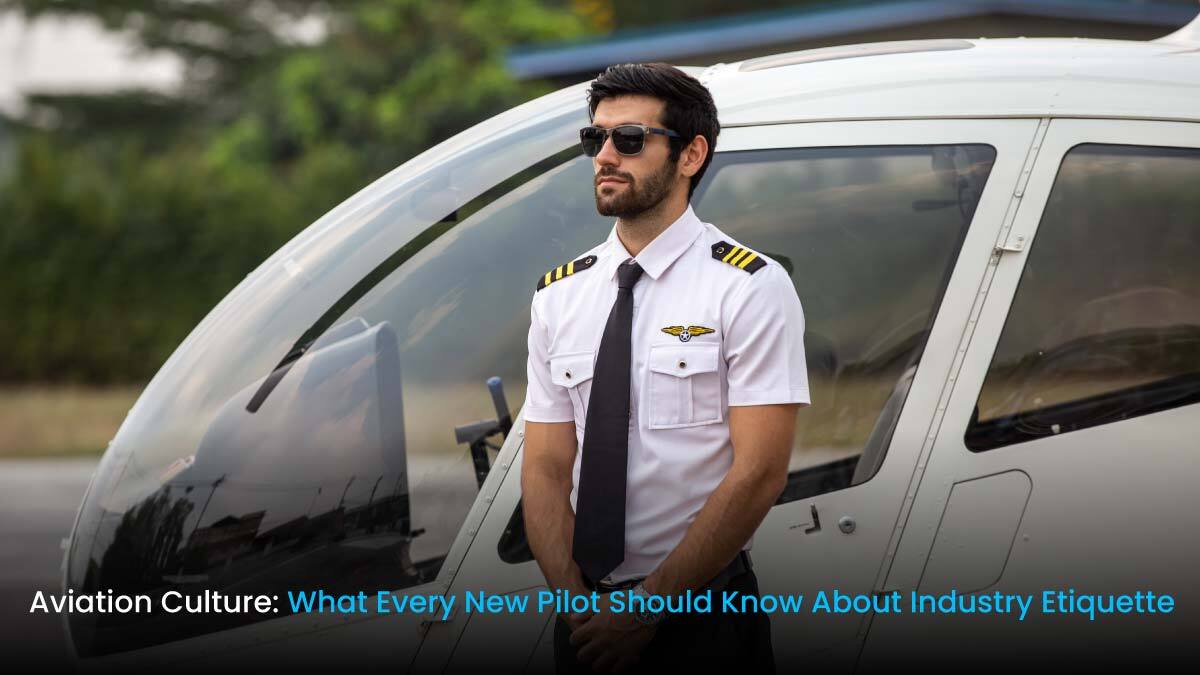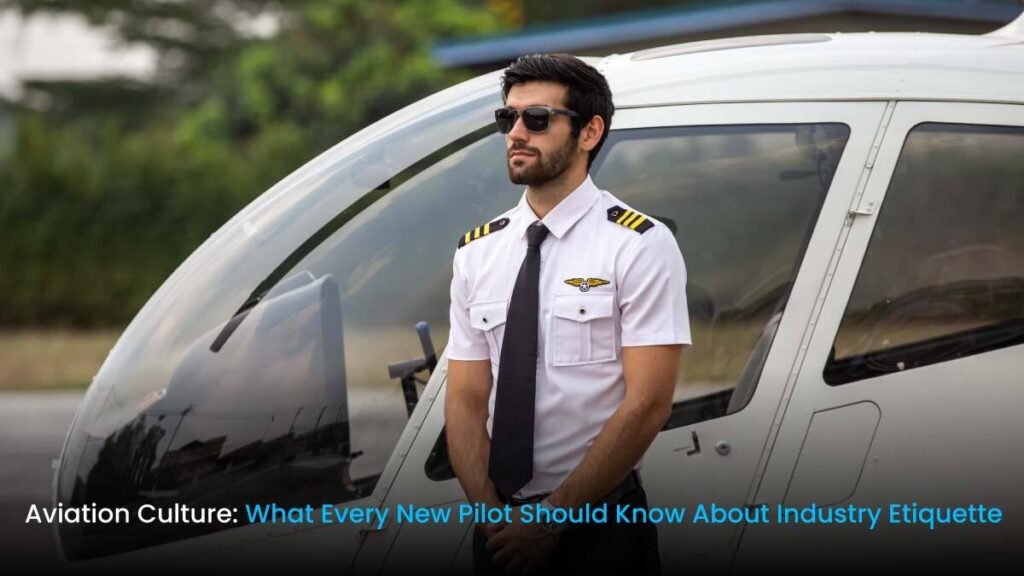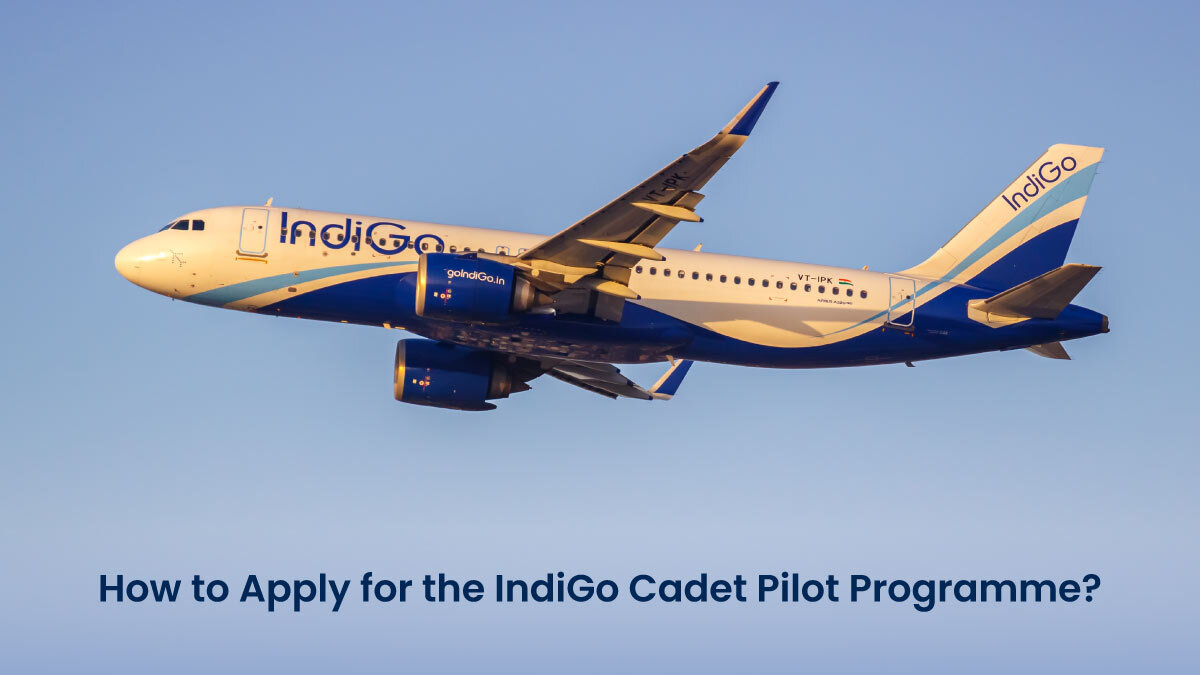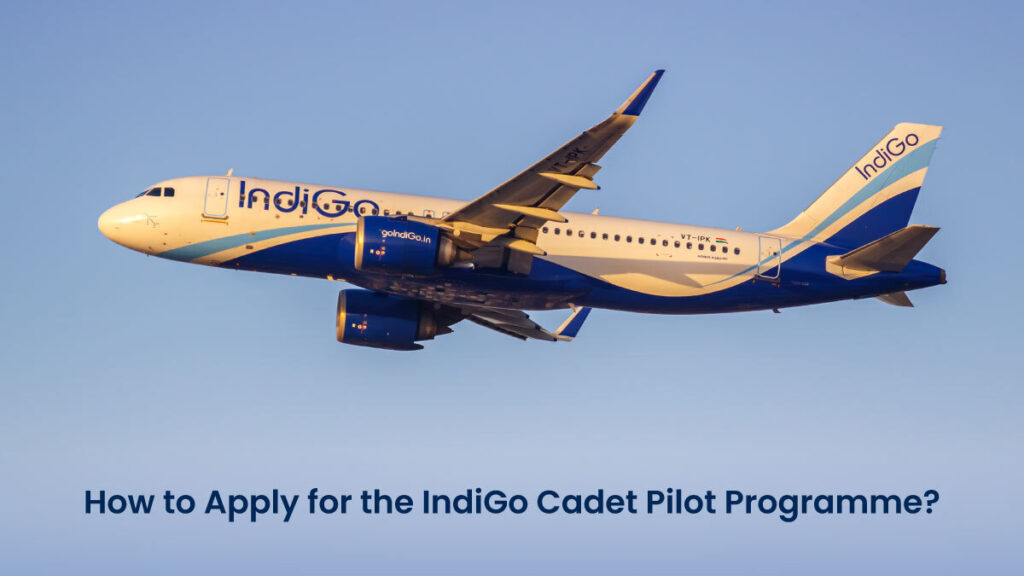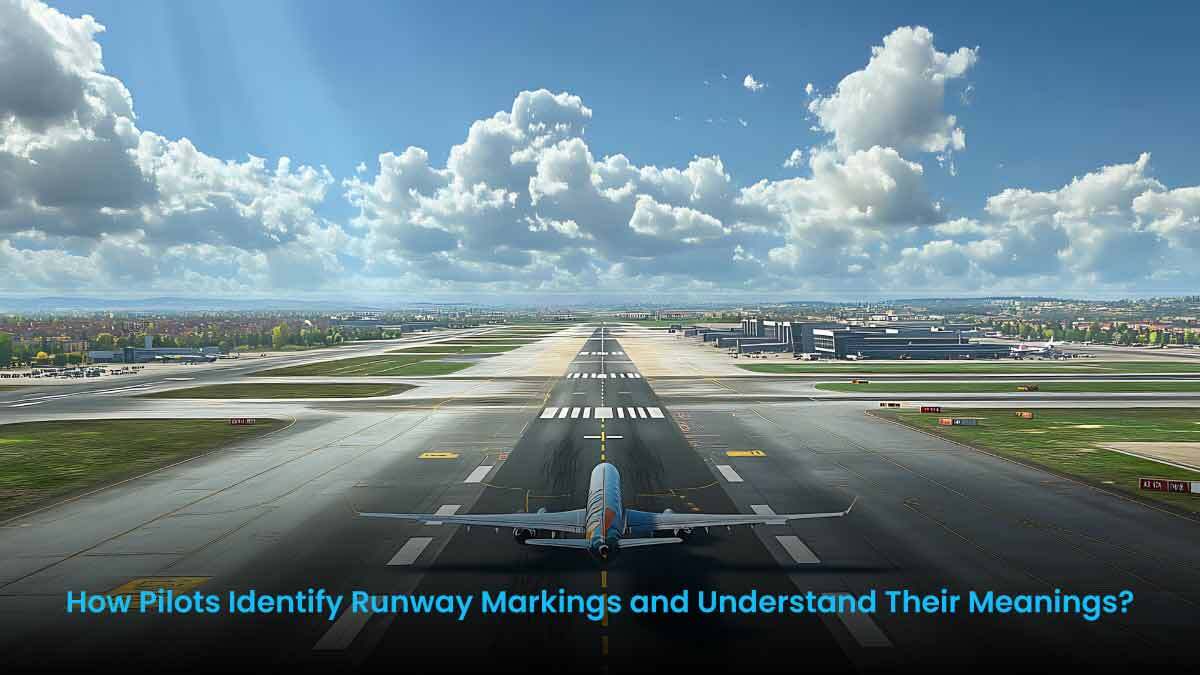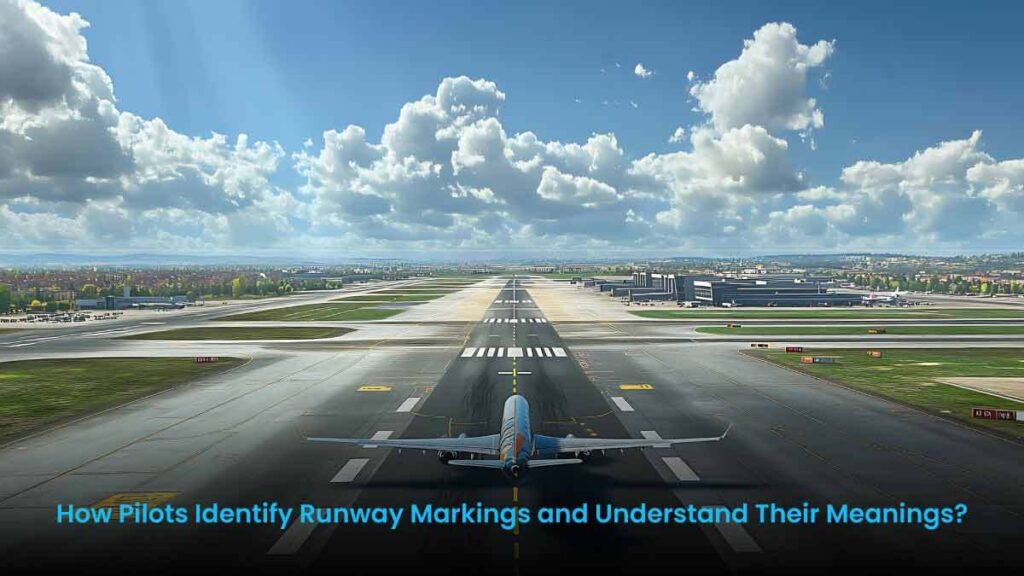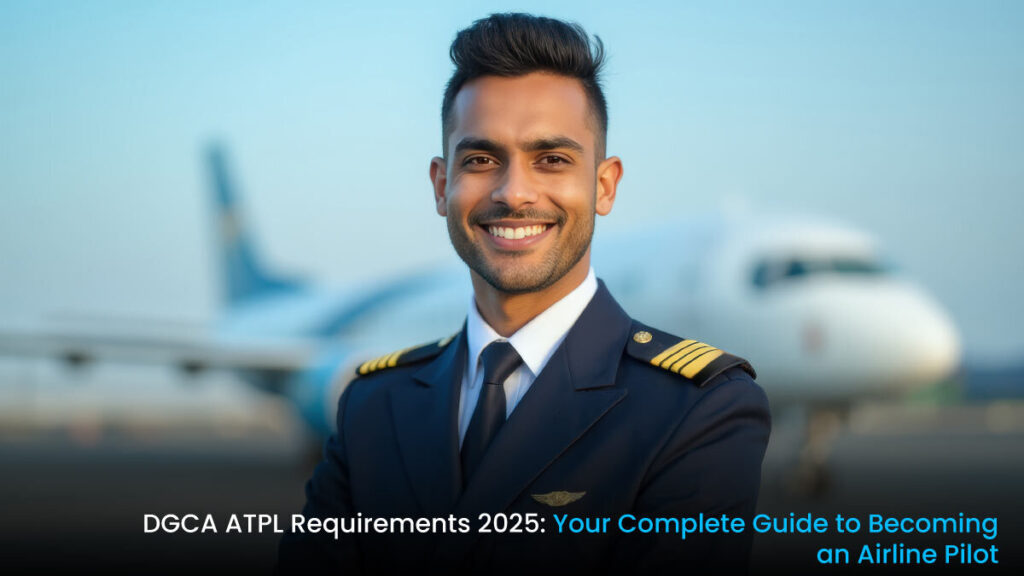
Do you dream of becoming an airline captain? If flying a commercial aircraft excites you, you must understand the DGCA ATPL requirements. The Airline Transport Pilot Licence (ATPL) is the highest level of pilot certification. You can now act as a captain of a commercial airline.
This guide explains information about the ATPL DGCA exam eligibility conditions, the conditions for flying experience and some tips on preparation. Let’s go.
What is ATPL and Why Do You Need It?
The ATPL is issued by the Directorate General of Civil Aviation (DGCA) in India. It is required to become a captain in commercial airlines. A Commercial Pilot Licence (CPL) allows you to be a co-pilot. However, an ATPL lets you command an aircraft. It means more responsibility, career growth, and a higher salary.
An ATPL lets you operate large commercial aircraft. Airlines prefer pilots who already have an ATPL as it reduces their training costs. With an ATPL, you are seen as more experienced and competent. Many airlines require first officers to get their ATPL before promotion.
Having an ATPL improves job prospects. The aviation industry is competitive, and an ATPL gives you an advantage. Many international airlines recognise Indian ATPL holders. This increases your chances of working abroad. ATPL-certified pilots can also explore careers in flight training, safety regulation, or airline management.
Getting an ATPL is challenging. However, it opens doors to significant career advancements. If you aim to be a captain, ATPL should be your priority. It is not just a requirement but a symbol of expertise.
Who Can Apply? (Eligibility Requirements)
You need to fulfil eligibility criteria before applying for DGCA ATPL Exams. You must be independent over the age of 21. Selection Criteria: 12th with Physics and Mathematics in Education. If you didn’t study these subjects, you can clear them via NIOS (National Institute of Open Schooling).
Medical fitness is crucial. You must have a DGCA Class 1 Medical Certificate. This confirms you are fit to fly an aircraft (both physically and mentally). Pilots are put through stringent medical tests to meet health standards.
Another essential requirement is prior flight experience. A total of 1,500 hours of flying time must be recorded. Various flying conditions must be present during these hours. To demonstrate leadership abilities, 500 hours must be spent as a Pilot-in-Command (PIC). To get experience flying long distances, you must complete 250 hours of cross-country flights. You are prepared for low-visibility operations after 100 hours of night flying.
Flying with instruments is crucial. 75 hours of instrument time, including simulator training, are required of candidates. This teaches them to depend on tools rather than outside signals. Pilots must complete 10 hours of flight training within six months prior to applying in order to maintain their skills. 40 hours of multi-engine experience is required when flying an aircraft with multiple engines.
The DGCA ATPL Exams: What to Expect?
The DGCA pilot exam has three subjects:
- Air Navigation – Covers flight planning, navigation techniques and calculations.
- Air Regulations – Includes DGCA rules, aviation laws and ICAO regulations.
- Meteorology – Focuses on weather patterns and their effects on flight operations.
To pass the DGCA ATPL requirements, you need 70% in each subject.
A skill test is also required. This includes flight checks and simulator sessions. It assesses your ability to operate an aircraft under different conditions.
How to Prepare for the DGCA Pilot Exam?
Preparing for the ATPL requirements requires dedication. Follow these steps:
- Create a Study Plan – Dedicate daily time for each subject.
- Use Quality Study Material – Books like “Aviation Meteorology” by I.C. Joshi help.
- Attempt Mock Tests – Practicing past papers improves confidence.
- Take Simulator Training – Enhances understanding of instrument flying.
- Join an Aviation Training Institute – Provides structured learning.
- Study DGCA Publications – DGCA issues updated circulars. Stay informed.
How to Apply for the DGCA ATPL Exams?
Follow these steps:
- Fill out the application form on the DGCA’s official website.
- Submit required documents, including your flight logbook and medical certificate.
- Pay the exam fee before the deadline.
- Book your exam slots through the Pariksha DGCA portal.
Exam results are published online. After passing, you receive an exam completion certificate. This is required for licence issuance.
After Clearing the ATPL Exams: What’s Next?
Once you clear the DGCA ATPL requirements, you are close to becoming a captain.
- Type Rating – You may need aircraft-specific training (e.g., Boeing 737, Airbus A320).
- Apply for Airline Jobs – Airlines seek pilots with valid ATPLs and experience.
- Keep Learning – Aviation rules and technology change. Stay updated.
- Clear Airline Selection Rounds – Airlines conduct simulator tests, technical interviews, and psychometric assessments.
- Obtain ATPL Endorsements – Ensure your licence has valid endorsements for aircraft types.
Common Challenges in Getting an ATPL
Getting an ATPL is tough. Here are some common hurdles:
- Meeting Flight Hour Requirements – Logging 1,500 hours takes time and money.
- Passing All Exams – The exams are tough, and pass rates are low.
- Medical Fitness Issues – Pilots must maintain strict health standards.
- High Training Costs – Flight training and simulators are expensive.
- Tough Airline Hiring Process – Competition is high. Pilots need strong knowledge and flying skills.
Despite challenges, many pilots get their ATPLs every year with the right preparation.
Final Thoughts: Your Journey to Captaincy
Becoming a captain takes effort. Understanding the DGCA ATPL requirements is key. With the right training, you can take command of a commercial aircraft.
If you are serious about aviation, start today. Study hard, log flight hours, and aim high.
For the latest updates, check the DGCA website or contact a certified aviation training centre.
Your dream is within reach. Stay focused, train hard, and fly high.
FAQs
Q: What exams do I need to pass for a DGCA ATPL?
A: Air Regulations, Radio Telephony, Navigation, Meteorology, and Technical General.
Q: How long does it take to get an ATPL in India?
A: It varies but usually takes 4-6 years, depending on experience and flight hours.
Q: Is a medical certificate required for an ATPL?
A: Yes, a DGCA Class 1 Medical Certificate is mandatory.
Q: What are the minimum flying hours required for a DGCA ATPL?
A: 1,500 hours total, including specific cross-country, night, and PIC hours.
Q: What type of simulator training is required for an ATPL?
A: Training on a full-flight simulator (FFS) of a multi-crew aircraft is required.

